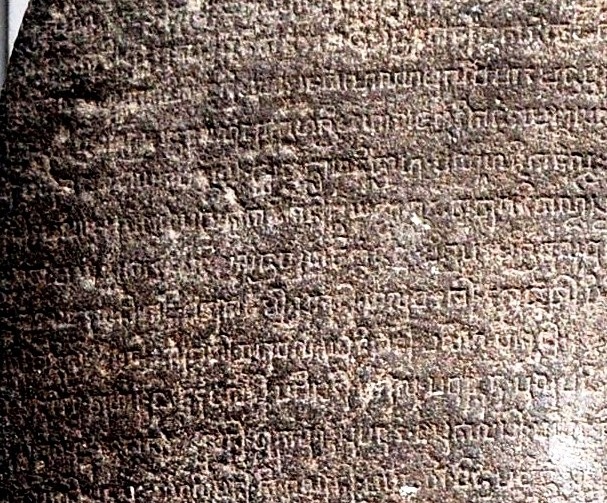|
Mataram–Srivijayan Wars
Mataram–Srivijayan wars, also called as Pralaya () in Calcutta Stone, Pucangan inscription, were a military engagements between two rival kingdoms of the Srivijaya of Shailendra dynasty, Shailendra and Mataram kingdom of Ishana dynasty, Ishana, intermittently from when the Srivijayan forces attempted to approach the Mataram capital, until 1016 when the kingdom of Mataram was collapsed due to a rebellion incited by Srivijaya. Background The monarch of the Mataram kingdom way before the eastern rule of Ishana dynasty, Ishana was Samaratungga of the Shailendra dynasty. He had one son, Balaputradewa, and one daughter, Pramodhawardhani. The successor of Samaratungga was his Buddhist daughter, Pramodhawardhani that betrothed to Rakai Pikatan of Sanjaya dynasty, Sanjaya, son of the influential Rakai Patapan, a landlord in Central Java. Rakai Pikatan and the Sanjaya dynasty were Shivaite Hinduism, Hindus and are recorded in the Shivagrha inscription as having married a daughter of an ... [...More Info...] [...Related Items...] OR: [Wikipedia] [Google] [Baidu] |
Borobudur Ship
A Borobudur ship is an 8th to 9th-century wooden double outrigger sailing vessel of Maritime Southeast Asia, depicted in some bas-reliefs of the Borobudur Buddhist monument in Central Java, Indonesia. It is a ship of the Javanese people, and derivative vessels of similar size continued to be used in East Java coastal trade at least until the 1940s. Characteristics The characteristics of the ships of the Borobudur temple include: Having outriggers that are not as long as their hulls, bipod or tripod mast with a canted square sail (tanja sail), a bowsprit with a spritsail, rowing gallery (where people row by sitting or standing), deckhouse, have ''oculi'' (carved/bossed eyes), and quarter rudders. Some ships are depicted with oars, numbering at least 6, 8, or 9, and some others have none. Misconceptions There are several misunderstandings about the true identity of the ships carved at Borobudur. One of the earliest misconceptions was that the ship depicted in the carving was ... [...More Info...] [...Related Items...] OR: [Wikipedia] [Google] [Baidu] |
